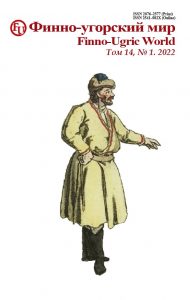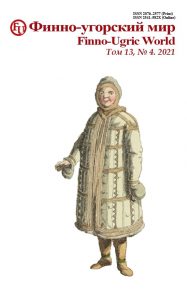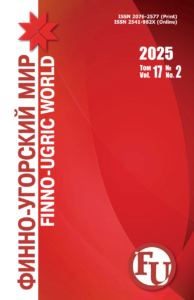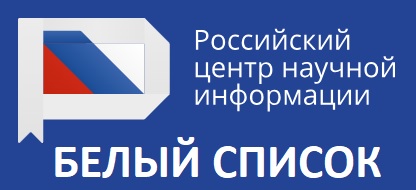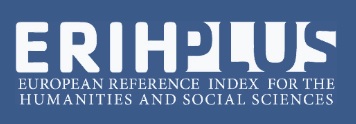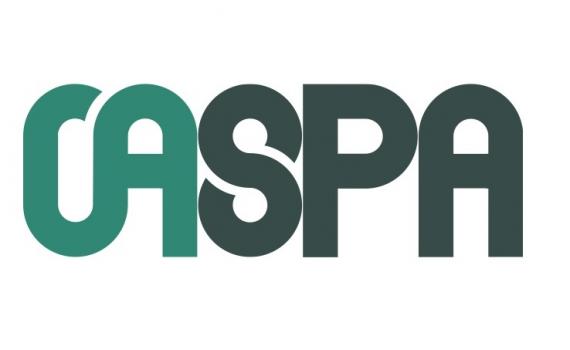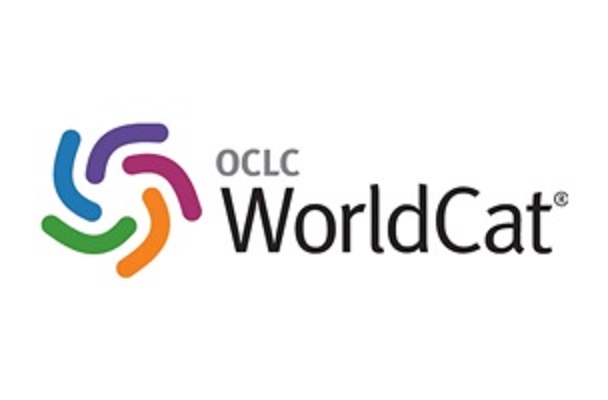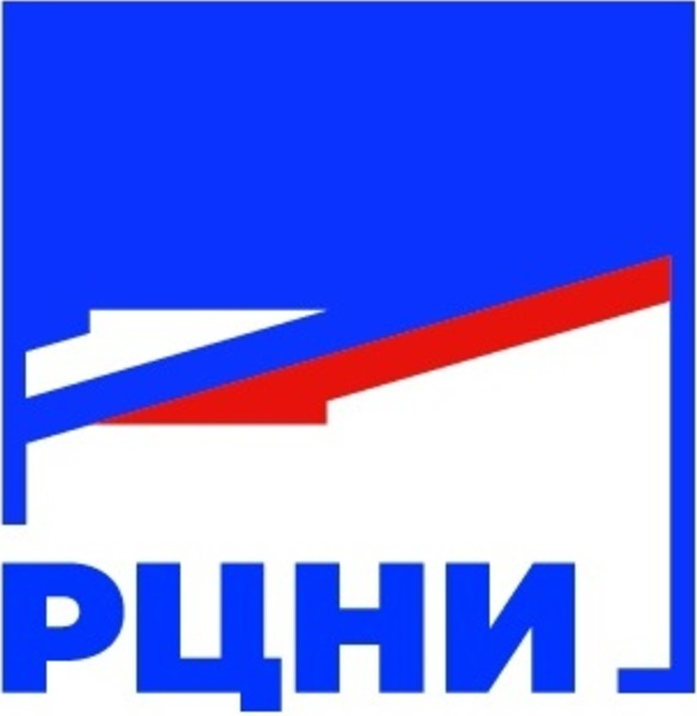Flera Ya. Khabibullina
Iraida G. Ivanova
Mari State University,
Yoshkar-Ola, Russia
Introduction. The article considers the borrowed anthroponymic toponyms of the capital of the Republic of Mari El, Yoshkar-Ola, and is carried out in line with the actual problem of modern onomastics, which is a linguistic description of the toponymy of regional cities. The purpose of the work is a synchronous analysis of borrowed anthroponymous urbanonyms of Yoshkar-Ola, dating back to different languages and reflecting the modern toponymic landscape of the Mari capital.
Materials and Methods. The main body of the research is represented by anthroponymous urbanonyms selected from cartographic and lexicographic sources created in Russian and Mari languages. When analyzing the material, various methods of studying toponymic units were used: etymological, semantic, descriptive, quantitative, cartographic.
Results and Discussion. The toponymic fund of Yoshkar-Ola has been formed throughout the history of the city, which is explained by the social nature of the language, its ability to enrich and renew during language contact. The appearance of borrowed urbanonyms is determined by the development of cultural, historical, political, interethnic ties between related and unrelated peoples and languages. The highest prevalence in the toponymicon of the acceptor language was obtained by anthroponymous urbanonyms. Their stable existence in the toposystem of the Mari language is due to the motivation of the anthroponymic component, the appellative character, historical and cultural determinism. The article reveals the results of semantic, etymological, historical, linguistic and cultural study of borrowed geographical and anthroponymic names in the toponymic space of the capital of Mari El. It gives the classification of toponyms by objects of the toponymic nomination, namely horonyms, godonyms, agoronyms.
Conclusion. The analysis provides an opportunity to trace the presence of urbanonyms motivated by surnames, personal names, nicknames and pseudonyms of prominent international, Russian figures, onyms of national personalities (political, scientific, literary, etc.) in the toposystem of Yoshkar-Ola, as well as the names of first settlers and owners of geographical objects. The main principle underlying the Mari borrowed anthroponymous urbanonyms was their nomination in connection with a person and thier activities.
Keywords: borrowing, toponym, urbanonym, burying, godonym, anthroponymic component, Yoshkar-Ola, Republic of Mari El
For citation: Khabibullina FYa, Ivanova IG. Borrowings in urbanonyms of Yoshkar-Ola with an anthroponymic component. Finno-ugorskii mir = Finno-Ugric World. 2022;14;1:58–77. (In Russ.). DOI: 10.15507/2076-2577.014.2022.01.58-77.
Information about the authors
F. Ya. Khabibullina – Candidate Sc. {Pedagogy}, Associate Professor, Department of Fundamental Medicine, Mari State University, khflora@yandex.ru, https://orcid.org/0000-0002-5438-1828
I. G. Ivanova – Candidate Sc. {Philology}, Associate Professor, Department of Fundamental Medicine, Mari State University, iraida44@yandex.ru, https://orcid.org/0000-0001-5247-0125

